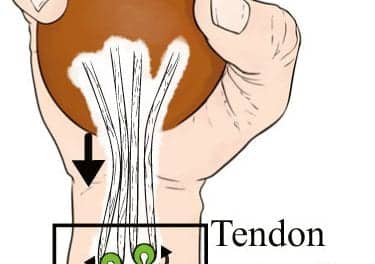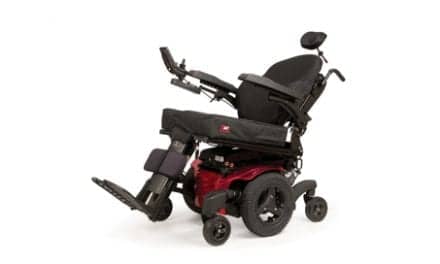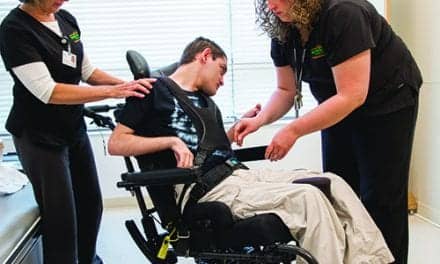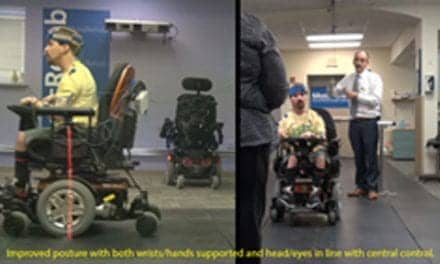The neural commands sent by the brain to the arm when reaching for an object were recently modeled using a theory that they are coordinated to minimize energy expenditure, according to a study released on October 23 in the open-access journal PLoS Computational Biology.
Neuroscientists have studied many aspects of how actions are coordinated by the brain. Recently, the use of computer models has become important as theories have advanced assuming the brain acts as an optimal controller, according to certain specific criteria. Most models use a certain criterion for this analysis, modeled, then compared to experimental models. However, most of these fail to take into account the external pressures experienced by the limb.
Gravitation is a constraint that living organisms must account for at all times. Even simple vertical arm movements have been experimentally observed to have different control systems when moving upward than moving downward. According to the authors, this could indicate that the brain capitalizes on gravitational force when possible during movement in an attempt to optimize the energy consumption of the limb.
The authors modeled this biological rule using a hypothetical-deductive mathematical model that incorporates short periods of muscle inactivation with direction-dependent hand kinematics. Further, the model was verified experimentally with human subjects, and has been shown to be necessary and sufficient for optimal arm control.
The brain plans movements, according to the authors, as an integration of biological and environmental constraints, in a method which, if understood, could have value for understanding motor dysfunctions and developing effective rehabilitation programs.
Written by Anna Sophia McKenney
Copyright: Medical News Today
The Inactivation Principle: Mathematical Solutions Minimizing the Absolute Work and Biological Implications for the Planning of Arm Movements.
Berret B, Darlot C, Jean F, Pozzo T, Papaxanthis C, et al.
PLoS Comput Biol 4(10): e1000194.
doi:10.1371/journal.pcbi.1000194 For full article, click here.
[Source: Medical News Today]




